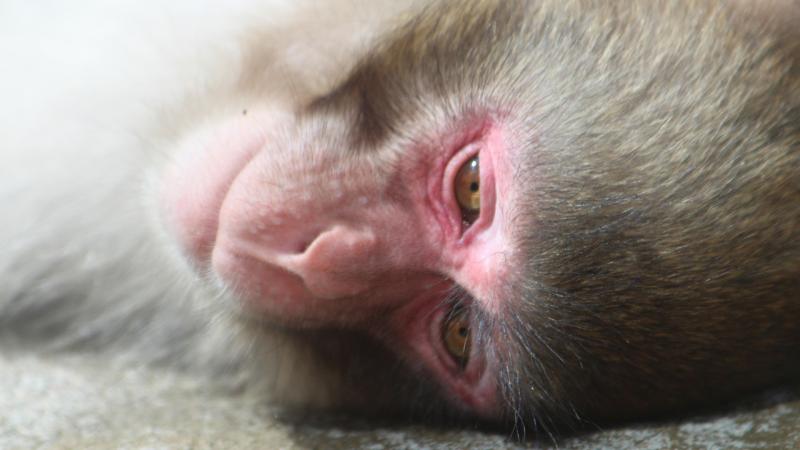
In a new study, scientists from the Indian Institute of Science, Bengaluru, University of Michigan, Ann Arbor, USA, and Purdue University, USA, have studied the process of the formation of the egg in female bonnet monkeys using ultrasound. They have also analysed the dynamics involved in the ovaries when an egg is released by injecting the female monkeys with human ovarian hormones. The study is the first to use ultrasonic imaging to monitor changes in the development of an egg.
At birth, female mammals are born with a definite number of ovarian follicles in the ovary. These follicles—an aggregation of minute cells—release specific hormones that influence the menstrual cycle and mature the egg so that the sperm can fertilise it. The process of development of the mature egg is dynamic and involves the action of the gonadotropin-releasing hormone (GnRH), follicle-stimulating hormone (FSH), and the luteinizing hormone (LH).
In this study, the researchers studied each phase of ovulation by administering human FSH and LH hormones in bonnet monkeys. They traced the progression of the maturation of egg by using a technique called trans-abdominal ultrasonography, where the abdominal area is scanned with the help of ultrasound waves to visualise the internal structure of the abdomen. The researchers observed that the size of the ovarian follicles increased during and after hormonal stimulation. The blood serum of the stimulated monkeys showed the presence of the female sex hormones estrogen and progesterone, indicating that they had ovulated and a fertile, mature egg has been released.
The study shows that bonnet monkeys can be made to ovulate with the help of human hormones, and the process could be studied with ultrasound images, which could aid in further studies on understanding the dynamics of the female reproductive system.






